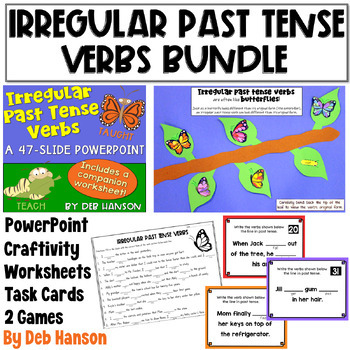Prime and Composite Numbers:
This anchor chart contains a mnemonic device to help your students remember the difference between prime and composite numbers!
This anchor chart contains a mnemonic device to help your students remember the difference between prime and composite numbers!
This anchor chart is the result of a couple inspirations. The first one was Kayla's weekly math homework. Kayla's fourth grade teacher sends home a sheet of 16 math problems each week, and her students have to complete them and bring the sheet back to school on Thursday (which I think is a great idea!). The problems vary- addition and subtraction with regrouping, perimeter & area, graphs, story problems- it is obviously designed to spiral. Also, without fail, there is an Is this number prime or composite? question somewhere on each sheet. Back in September, Kayla hadn't learned this yet, so she asked me to help.
The second homework sheet came home and the prime and composite question appeared... and Kayla couldn't remember what the words meant. That's when I pointed out that the letter I looked like the number 1, and that the word "prime" contains the word "me" within it. I wrote
PRime= 1 + ME
on Kayla's paper, and explained that a prime number might state, "My factors are 1 and me." This clicked with Kayla, and she has never since forgotten what the terms prime and composite means.
The second inspiration came from Pinterest. Have you seen the factor rainbow idea before? I found it a couple of months ago, and I loved it! I knew that I wanted to add this idea to my anchor chart, too. The first image I pinned came from Dandelions and Dragonflies and I think it's such a great strategy to teach students!

Do you teach your students the difference between prime and composite numbers? Click on the image below to download this FREE practice worksheet.
Also, I created the following PowerPoint, which is available in my TpT store.
Thanks for visiting my blog today!
~Deb































